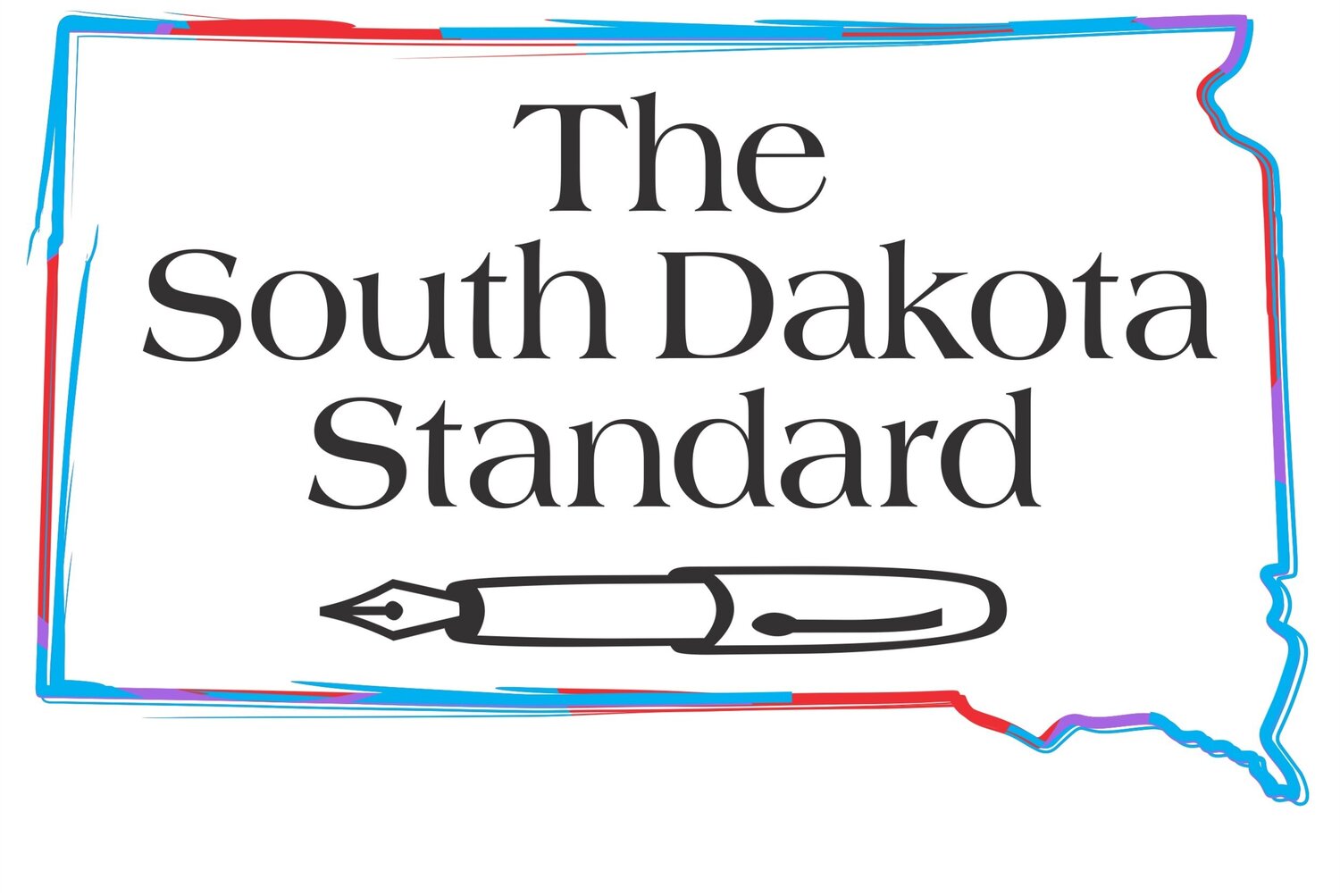Rapid City financial advisor Rick Kahler: will high home prices leave you house poor? Depends on where you live.
How much of your income should you spend on rent or a house payment? In my decades as a financial planner as well as my previous career in real estate, my standard advice has been to keep housing costs at or below 25% of your household income. In some places, today’s real estate climate can make that a challenge. We’re seeing this in Rapid City, where recent population growth has led to a housing shortage and dramatic increases in both home prices and rents.
Housing (illustrated by the photo above in a public domain image posted on wikimedia commons) is one of the largest expenses in many budgets. Those spending more than 30% of their gross income on housing are considered “house poor.” According to the Department of Housing and Urban Development , households spending more than this 30% are more likely to struggle financially.
A February 1, 2024, Creditnews article by Sam Bourgi reported on recent research ranking the most and least house poor states. Note that the study included only homeowners, not renters. This reveals a nationwide challenge, with 30.8% of homeowners, both with and without mortgages, considered house poor. For those with mortgages, the number rises to 37.2%. Even 20.8% of homeowners without mortgages qualified as house poor. This underscores the importance of including taxes, insurance, and maintenance when you consider the cost of home ownership.
The state-by-state breakdown of the research is a reminder that when it comes to real estate costs, location matters. The five states with the highest percentage of house-poor households include California (43%), Hawaii (42.3%), New York (39.3%), New Jersey (37.7%), and Massachusetts (37.1%). All these states except New York boast an average income ($90,964) significantly higher than the national average ($73,477).
The five states with the fewest house-poor residents are West Virginia (19.5%), North Dakota (22.1%), Indiana (22.7%), Iowa (22.8%), and South Dakota (23.6%).
At least 30% of residents are house poor in 19 states and the District of Columbia. All but five of these states show median household income levels above the national average. By contrast, all of the ten states with the lowest percentage of house-poor residents have median income levels lower than the national average. This makes sense when you compare real estate prices. The nationwide average home price as of November 2023 was $387,600. California’s average price was $793,600, while West Virginia’s was $284,000.
Based on all these numbers, one solution for high housing costs would be to move to an area with lower real estate prices. Even if this meant a reduction in income, it could result in a higher standard of living. Take, for example, a move from New Jersey to South Dakota. The average salary would be $27,000 less, yet the percentage of homeowners who were house poor would fall about 13%.
Of course, making a decision to relocate is based on much more than just numbers and logic. A host of emotional factors are involved.
One of those could be anchoring bias, where we fixate on one number such as our current salary. It’s hard for the brain to grasp that we could accept a large cut in pay and end up with a higher standard of living. Money scripts like, “Taking a lower salary means a step backward,” can give rise to emotions like fear, anxiety, and sadness at even the thought.
I still recommend keeping your housing costs at or below 25% of your income if you can. It may not always be possible, especially in regions with soaring home prices and living costs. The challenge is to balance the financial and emotional realities involved in finding an affordable and nurturing home. Finding an affordable and comfortable home involves dealing with both financial and emotional realities.
Rick Kahler, CFP, is a fee-only financial planner and financial therapist with a nationwide practice, Kahler Financial Group, based in Rapid City. His co-authored books include Coupleship Inc. and The Financial Wisdom of Ebenezer Scrooge.







